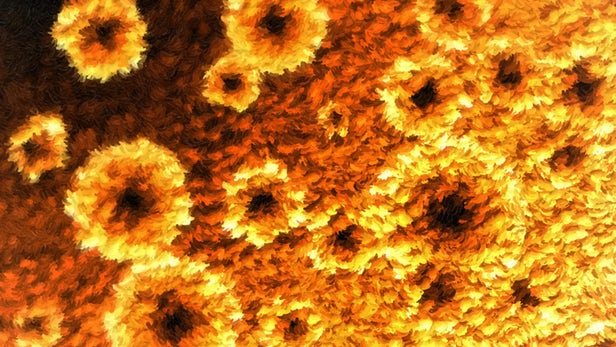
Breaking News
 Outrage Erupts as Released MS-13 Gang Member Kilmar Abrego Garcia...
Outrage Erupts as Released MS-13 Gang Member Kilmar Abrego Garcia...
 The backbone of U.S. capital markets just got the green light to move $100 trillion onchain
The backbone of U.S. capital markets just got the green light to move $100 trillion onchain
 SILVER IS ENTERING A "GENERATIONAL" SQUEEZE.
SILVER IS ENTERING A "GENERATIONAL" SQUEEZE.
Top Tech News
 EngineAI T800: Born to Disrupt! #EngineAI #robotics #newtechnology #newproduct
EngineAI T800: Born to Disrupt! #EngineAI #robotics #newtechnology #newproduct
 This Silicon Anode Breakthrough Could Mark A Turning Point For EV Batteries [Update]
This Silicon Anode Breakthrough Could Mark A Turning Point For EV Batteries [Update]
 Travel gadget promises to dry and iron your clothes – totally hands-free
Travel gadget promises to dry and iron your clothes – totally hands-free
 Perfect Aircrete, Kitchen Ingredients.
Perfect Aircrete, Kitchen Ingredients.
 Futuristic pixel-raising display lets you feel what's onscreen
Futuristic pixel-raising display lets you feel what's onscreen
 Cutting-Edge Facility Generates Pure Water and Hydrogen Fuel from Seawater for Mere Pennies
Cutting-Edge Facility Generates Pure Water and Hydrogen Fuel from Seawater for Mere Pennies
 This tiny dev board is packed with features for ambitious makers
This tiny dev board is packed with features for ambitious makers
 Scientists Discover Gel to Regrow Tooth Enamel
Scientists Discover Gel to Regrow Tooth Enamel
 Vitamin C and Dandelion Root Killing Cancer Cells -- as Former CDC Director Calls for COVID-19...
Vitamin C and Dandelion Root Killing Cancer Cells -- as Former CDC Director Calls for COVID-19...
 Galactic Brain: US firm plans space-based data centers, power grid to challenge China
Galactic Brain: US firm plans space-based data centers, power grid to challenge China
Wound dressing uses electricity to bust up antibiotic-resistant bacterial infections

An incredible new study has demonstrated the potential of a wound dressing that can fight bacterial infections using a weak electrical field. Offering a novel way to battle antibiotic resistant infections, the dressing has been approved by the FDA and is currently being tested in human burn patients.
The National Institutes of Health estimates up to 80 percent of all bacterial infections are caused by a phenotype known as a bacterial biofilm. These biofilms occur when bacterial cells adhere together to form a slimy substance, often around wounds or implanted medical devices. Bacterial biofilms can be difficult to eradicate at the best of times, a task made even more challenging with the rise of antibiotic-resistant bacteria.
A variety of new techniques to battle bacterial biofilms are in development. One team from the University of Southern Florida is exploring the biofilm-busting potential of a newly discovered compound from an Antarctic sea sponge, while another team from the University of Pennsylvania is investigating micro-robots as a way of breaking down these biofilms.
The new research proposes yet another novel biofilm-busting method: electricity. The study suggests a weak electric field can prevent bacteria from aggregating into biofilms, and break down a bacterial biofilm if it is already present on a wound. To do this, the researchers developed what they call a wireless electroceutical dressing (WED).

 This is not a bubble.
This is not a bubble.


